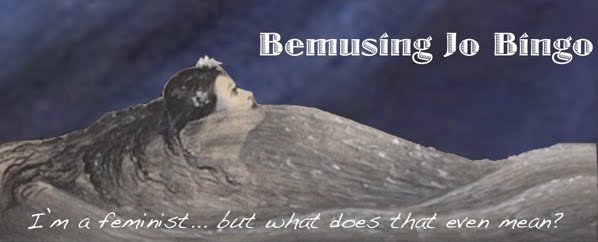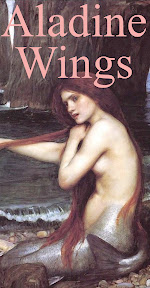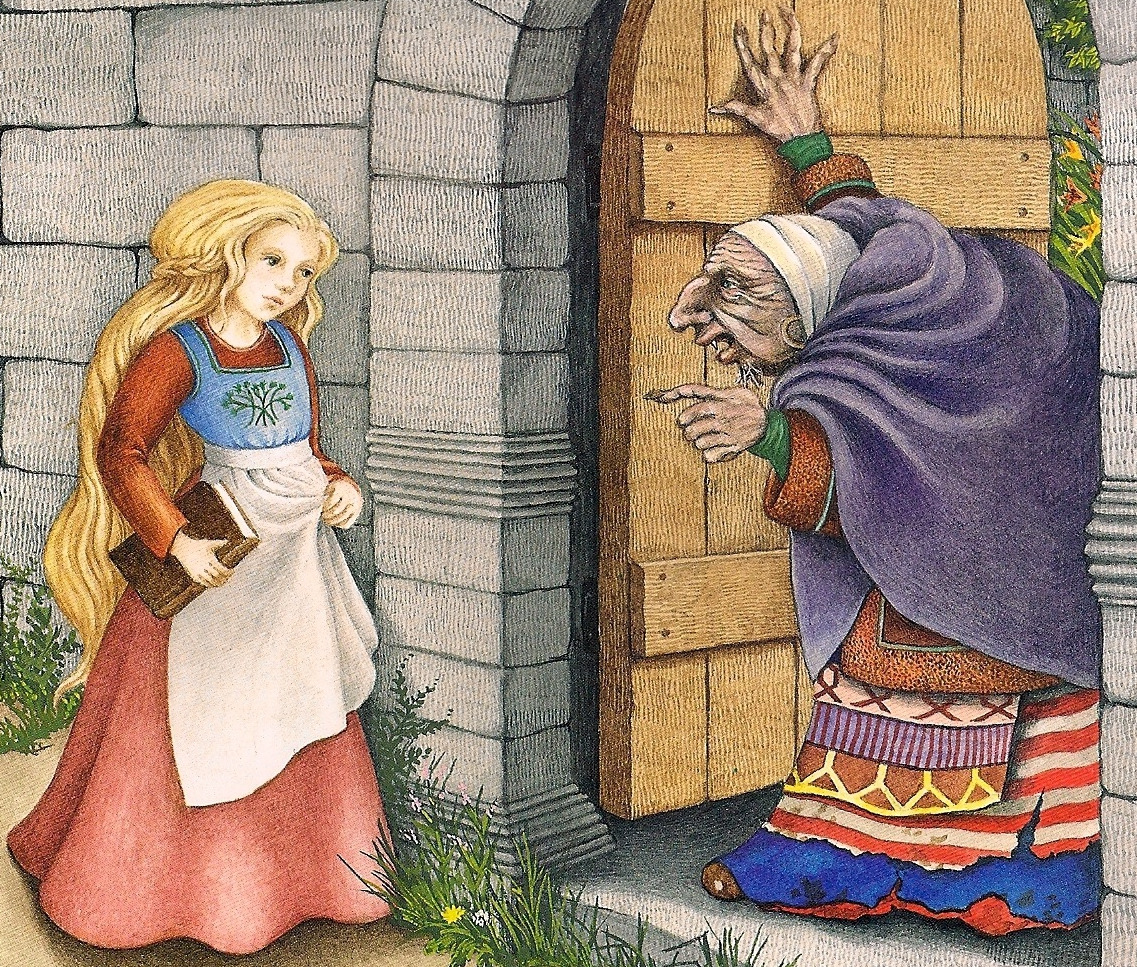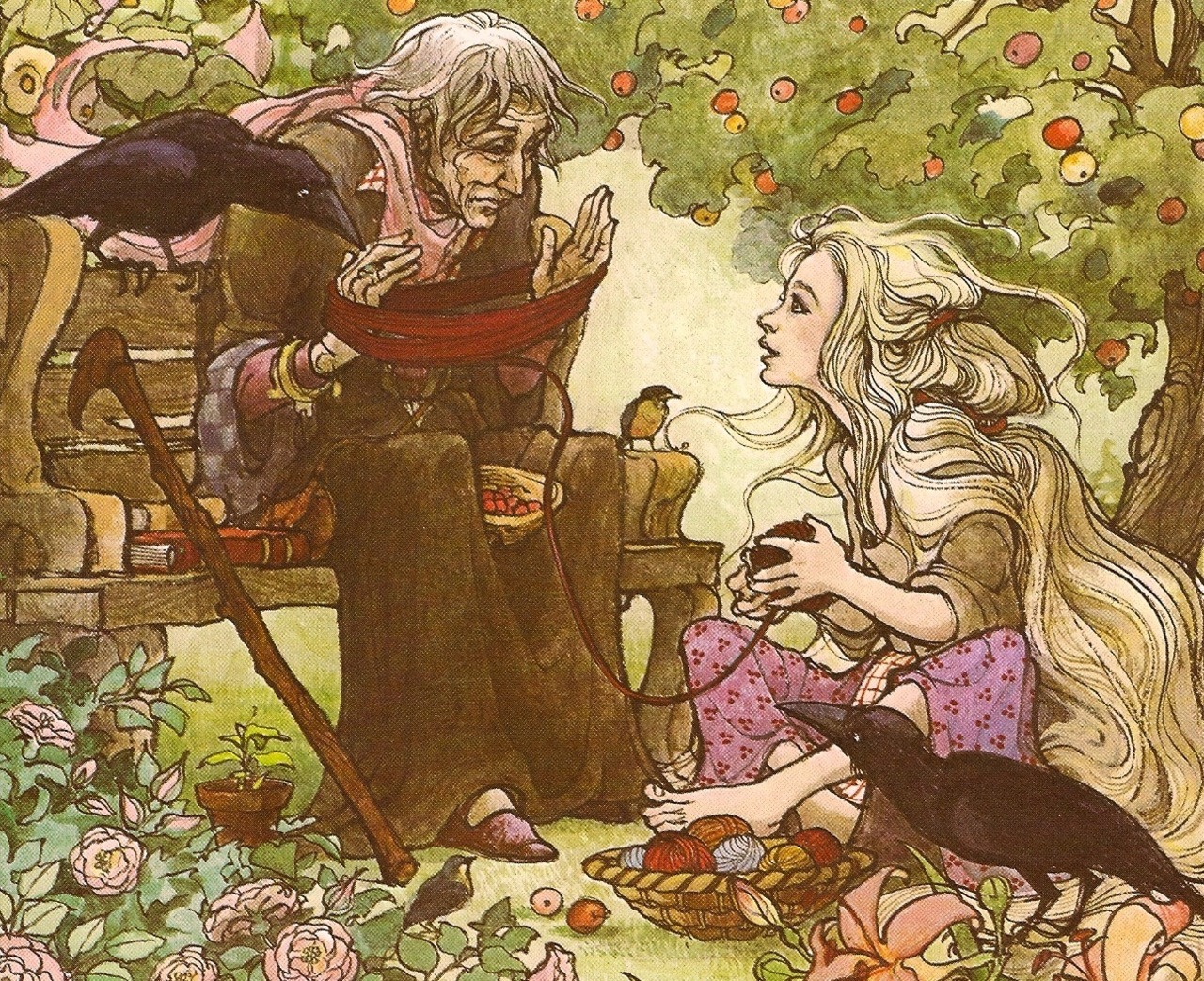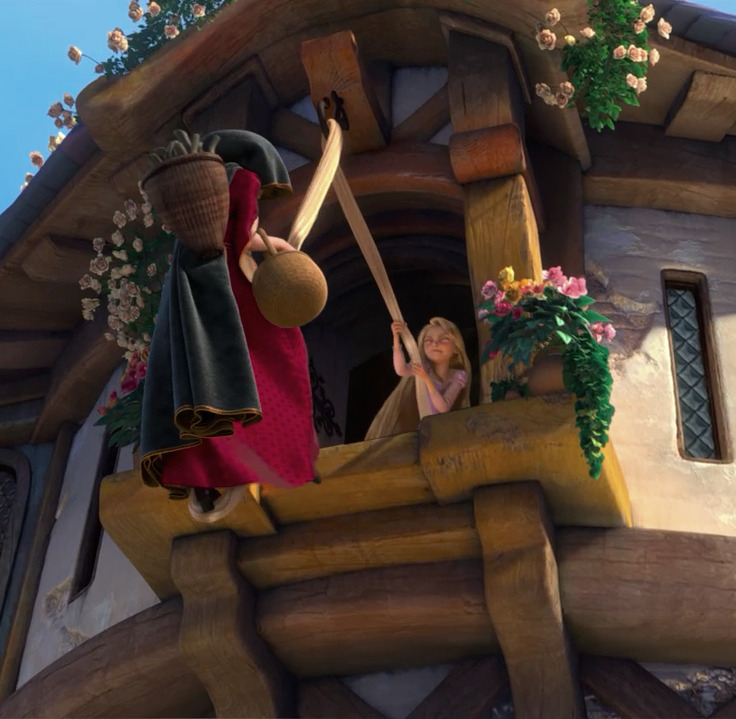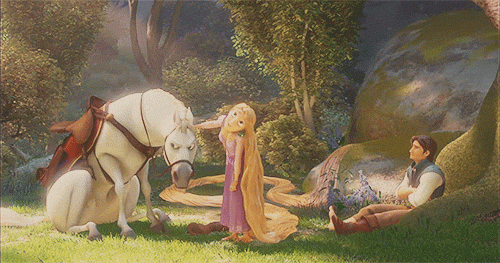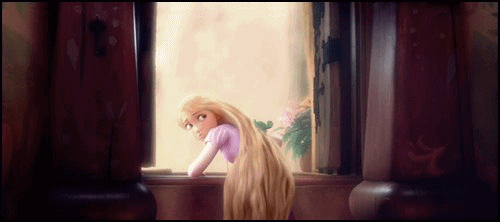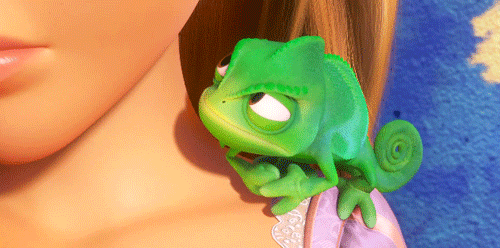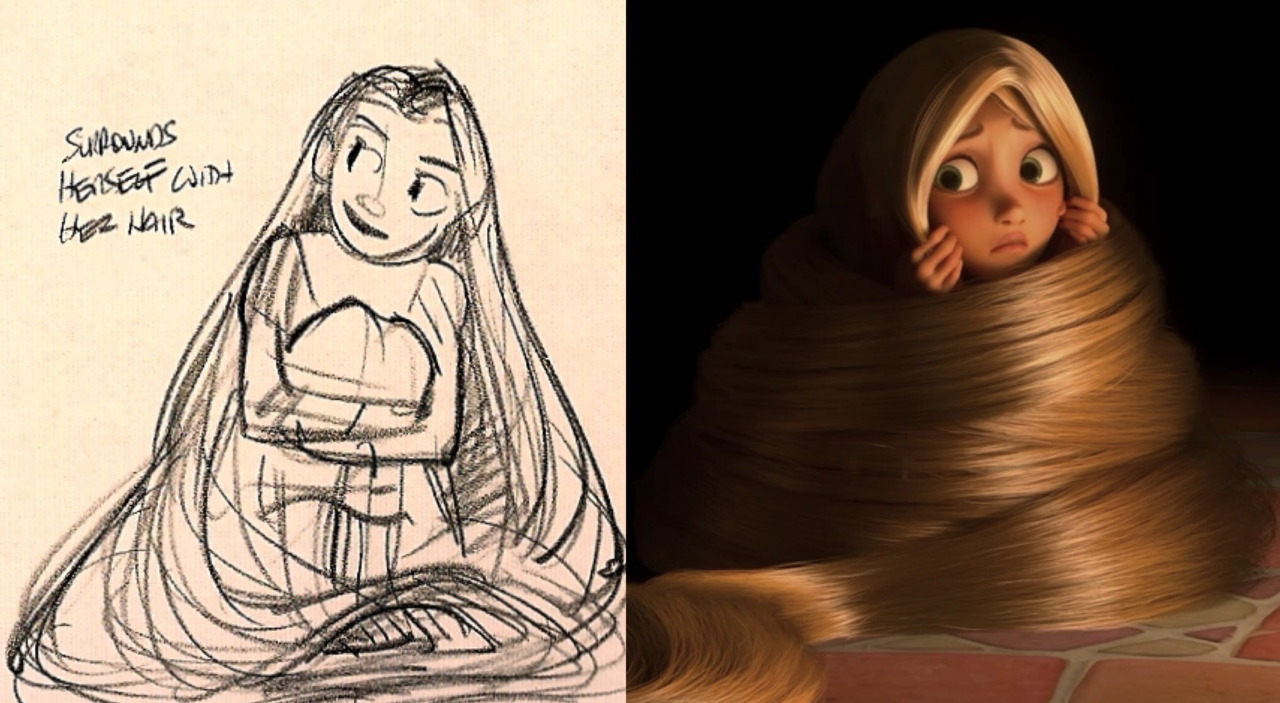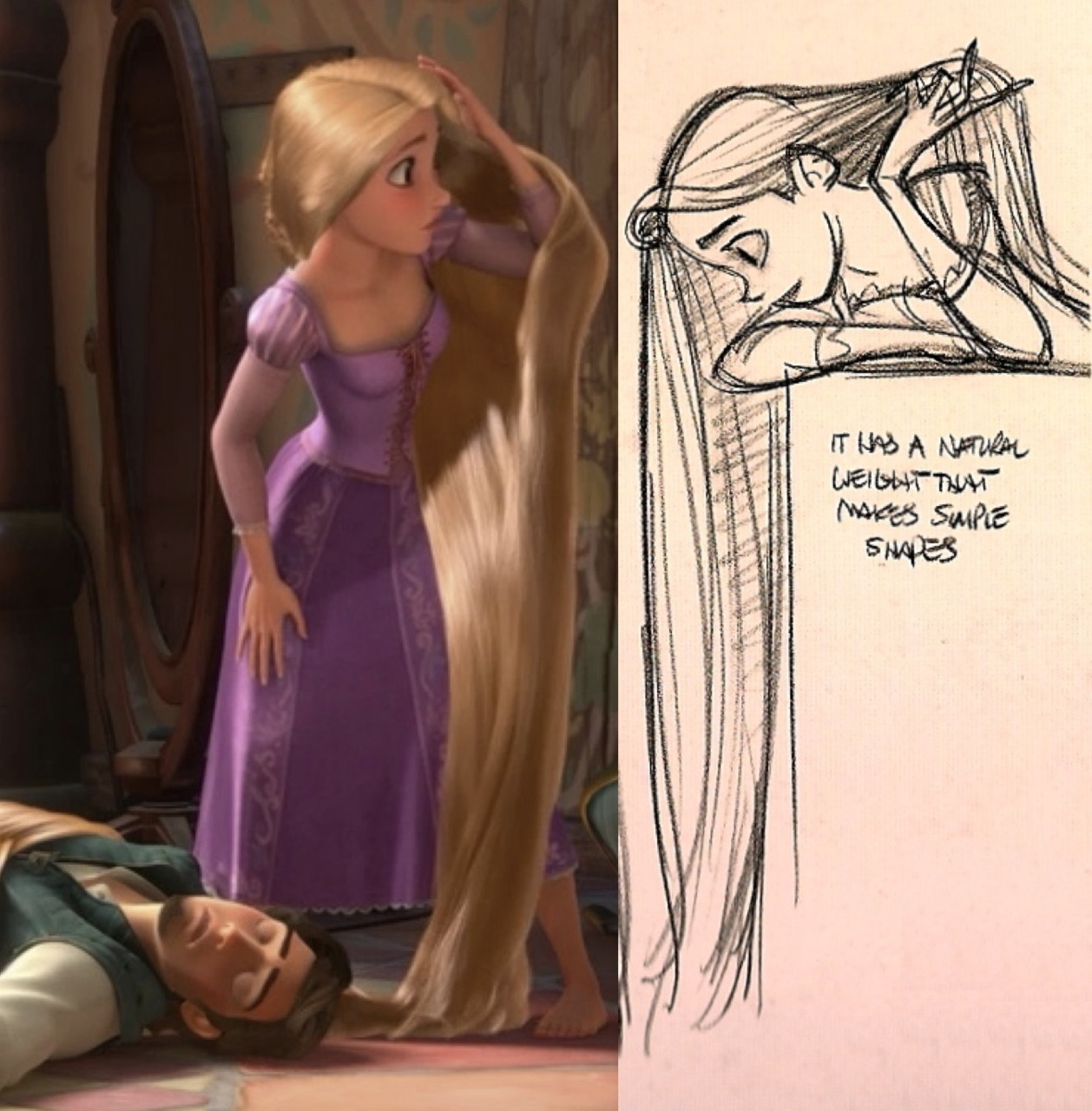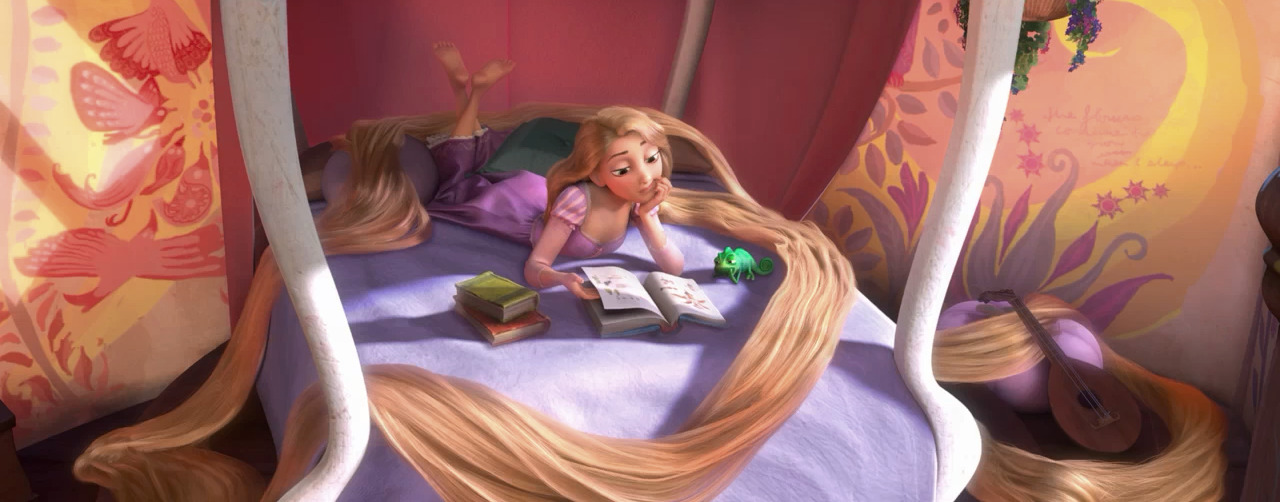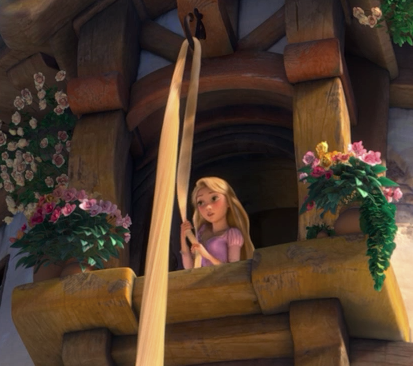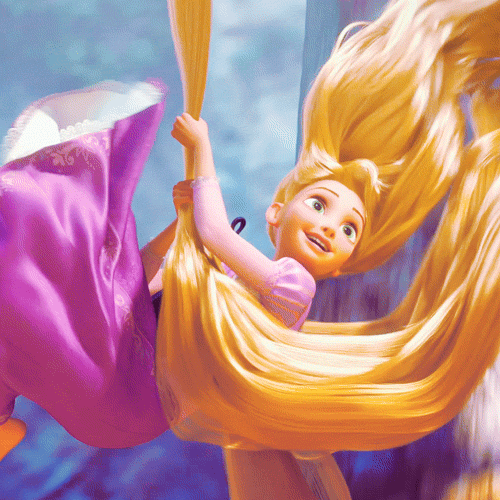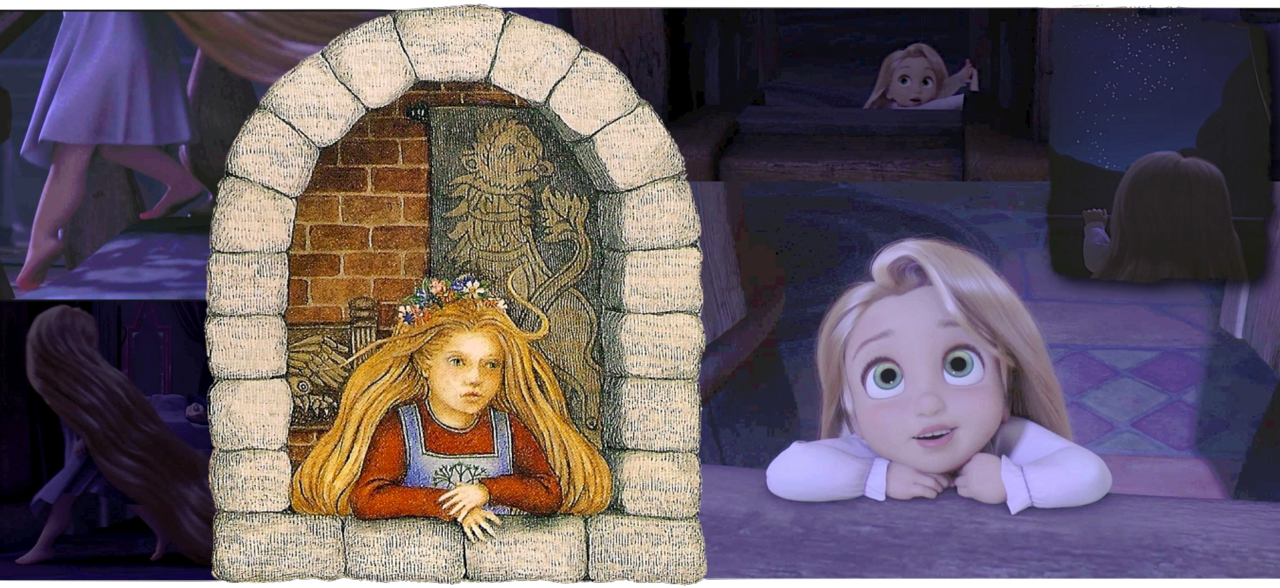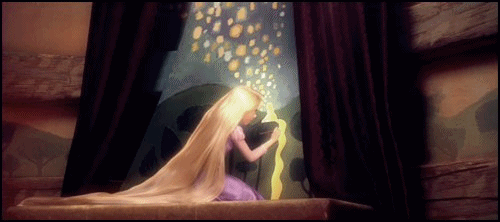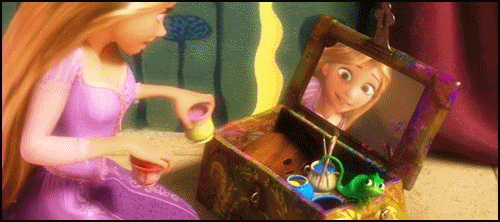"I don't know when - I don't know how -
but I know something's starting right now
watch and you'll see
someday I'll be
part of your world"
I always felt those words held the most weight in Disney's adaptation of The Little Mermaid. Methods and Means are unknown, but the grand nature of her passion has become decided and unstoppable. Although Ariel may have a decidedly more outgoing personality than Hans Christian Andersen's Little Mermaid, this passage echoes perfectly the essence of the original story and character.
If you need a quick review of Hans Christian Andersen's classic, read below. It's quite short. If this iframe doesn't work for your computer/browser feel free to read it on my scribd account - just click here.
The passage I quoted at the beginning of this post is devoid of character and plot detail, shaved down to only the concepts of the individual and the Other, which is exactly what the original does.
For instance, the original tale of Andersen's may have a mermaid as the protagonist, but most mermaid characteristics are not a part of the story. There is a storm at sea, but it's never said that our mermaid caused it. She may have the loveliest voice in the ocean, but she never uses it to entrance sailors. She has no vanity: at no point does she brush her hair, or look at herself in the mirror. She has no history of interacting with humans nor does she try to, and he even invents a tradition that limits mermaids from visiting the surface, that only on her fifteenth birthday is she allowed to see the horizon, etc. Even though she becomes an instant expert dancer once a human because of her past fluid existence at sea, her sexuality is never mentioned in the story. No, the only real connections to past mermaid lore are one, her longing for a human, which in and of itself is "watering down" if you will the mythological meme's lust for a human, and two, the idea that mermaids don't have souls like human beings, that they are outside of the world of Christianity. You'll notice Disney's Ariel has all of these qualities as well (she has more in common with the original than appearances and choreographed musical numbers might imply).
So though the setting of The Little Mermaid is romantic, it is more about two worlds, one unknown and one known. For the little mermaid, the known is the sea, the unknown the land. For the reader it is the reverse: the sea unkown, the land known. This inverse yet parallel relationship between the protagonist and the reader is a perfect set up for us to identify with this mermaid's struggle. This is what I mean about the story's focus on the Other. More generally this concept refers to whenever we wish for something, but we don't know what we're wishing for, or when we feel different and outside of a given community we wish we could be a part of, or when our circumstances don't feel like enough for our happiness.
Even her very form, half human, half fish, "embodies" this (if you will). Everyone's not felt "whole" at one point, fully one thing or another. We seem to be made of parts, and the relationship between them often seems as disparate and opposite as the mermaid's fleshy torso and scaly tail. And that is what I mean by "the concept of the individual." Why have we created this concept of becoming "one" and why do we want it so much? Why not let it remain a mystery? The little mermaid is like us. She cannot remain in the sea, living out her limited three hundred years of peace and plenty.
Once she hears of the immortal soul, her fate is decided, her ambition stronger than anything despite the odds. I find this in Ariel's "Watch and You'll see."
Our existence is chiefly built in longing, drive, and action towards our ambitions for more.
So I guess the remaining question is, if the background and character of The Little Mermaid aren't the essence of the story, does her gender still hold significance, at least for me (this being a feminist blog and all)?
Well, first let's address the elephant in the room. This tale is rumored to have been semi-autobiographical, as Hans Christian Andersen allegedly/trully had love for a man who did not return his affections. In addition, Hans Christian Andersen once had a beautiful voice as a child and performed, but once his voice changed with adolescence so did his presence on the stage. In addition, Hans Christian Andersen, despite mingling with nobility, was never trully a noble himself. (All of these facts are presented in an extra feature for the 20th anniversary edition of Disney's Little mermaid, although they can certainly be found elsewhere.) So here we have some major overlaps with The Little Mermaid, and the writer is man, not a woman.
(Eric and Arien
by ~BriarsandThorns)
Perhaps once the idea of land and sea came to mind, a merman was too outside of tradition, as mermen are barely a part of any lore, the phenomenon being almost strictly female by all historical accounts and tales.
(From Brian Froud and Alan Lee's book, Faeries)
Perhaps the protagonist was made female as a cloak to hide how close the story was to the writer's life. Perhaps, since back in his time having anything but strict heterosexuality as your identification as a man, Hans Christian Andersen decided his fictional reflection should be a different gender.
But what of the significance in the story itself, to readers across the ages, that our identifying character is female? It is certainly interesting that the eyes of the prince are what attracts her most to him, and conversely that the male character as well so easily dismisses her - although I've always thought that to be more because he's royalty and used to having girls in love with him. So certainly how a female feels attraction and rejection are subjects of possible scrutiny, and even more important, are topics of possible influence over men and women readers in thinking about the nature of women.
(Art by Edmund Dulac)
Certainly her becoming a "favorite" of the prince is something solely female of the time period the story is placed in, and her sleeping outside his door every night is something typical of the day, submissive, something a man, however favored by royalty, would not do unless perhaps he was the lowliest servant and ordered to do so. Her quiet nature and then resulting inability to speak can also be associated with feminine submissiveness.
(from the 1968 Russian adaptation)
Yet despite her reputed beauty, on the most basic level, the character strikes me as androgynous. This is for the reasons I've listed earlier: the setting and time have little influence over the meaning of the story, dissapear behind the overwhelming concept of longing. So too does the character's gender, at least for me, dissapear into the background. Perhaps this is because she is first and foremost a thinker. She doesn't frolic with her sisters: she looks out her window and asks her grandmother to tell her stories. Thought has no gender.
(by Lisbeth Zwerger)
And this is precisely why I personally find the tale such a feminist story. There are so many tales that have men women easily can identify with, but very few times do we encounter the opposite. In addition, in the end the little mermaid does not need the prince to accomplish her dream, becoming a daughter of the air, earning her immortality for herself just by being herself. Quite the empowering role model. In fact, not only does she not need the prince, but despite loving him still, she doesn't end up married, and the marriage between the prince and his bride is depicted as a mistake. So the traditions concerning women, love, and marriage are very much challenged. And don't forget - she's the one who saved the prince. Then there is the witch figure, which despite living up to the established witch archetype, is a source power, the grandmother figure, a source of knowledge, along with the female daughters of the air - when you add the giving up of the feminine locks of hair by the part of the little mermaid's sisters, we essentially have a horde of women challenging established modes of femininity.
(by Vladimir Nenov)
Once, at a party, someone mentioned
Disney's Little Mermaid degraded women
because Ariel went after a man.
Putting aside my usual response that Ariel wanted to be a part of the human world before Prince Eric, I responded,
"And why should it be unfeminine for a woman to chase a man for herself?"
